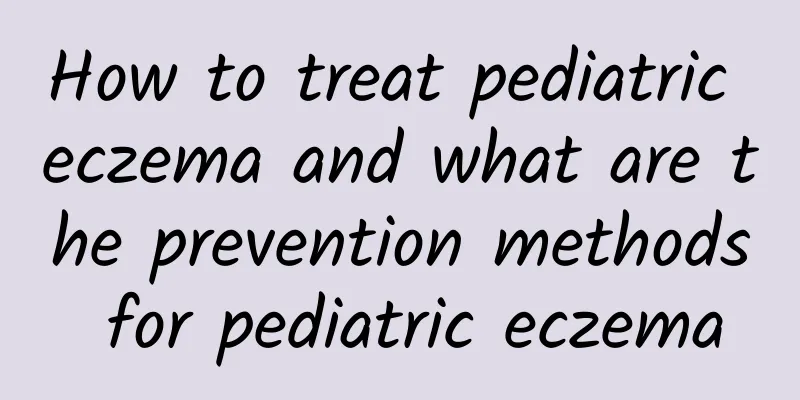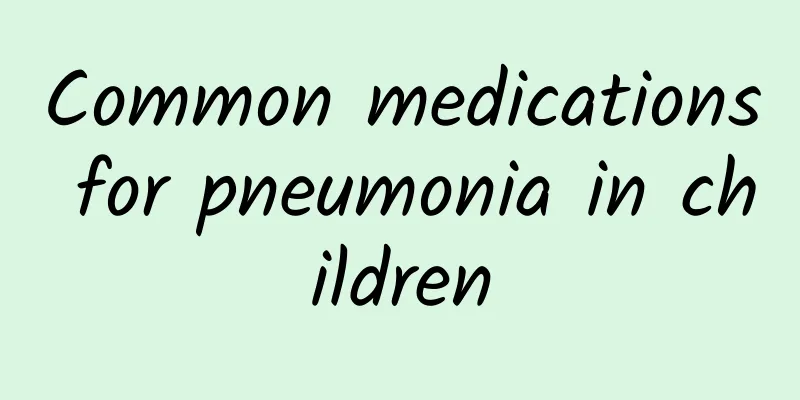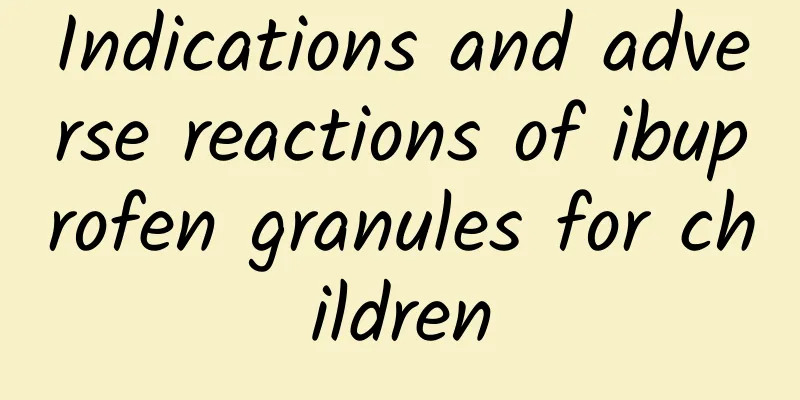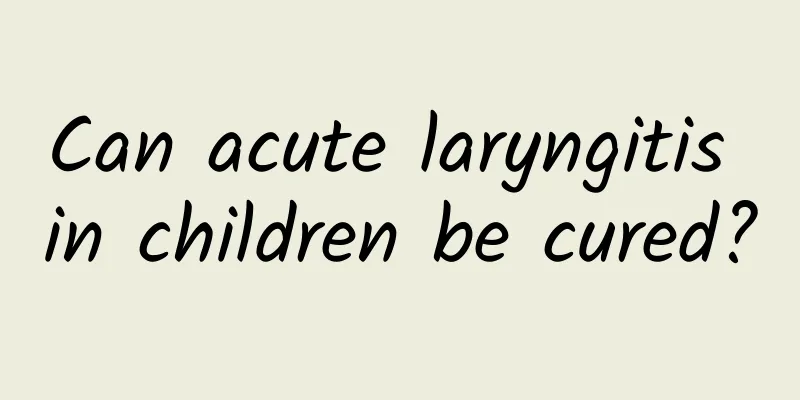The principles of treatment for patent ductus arteriosus in neonates include
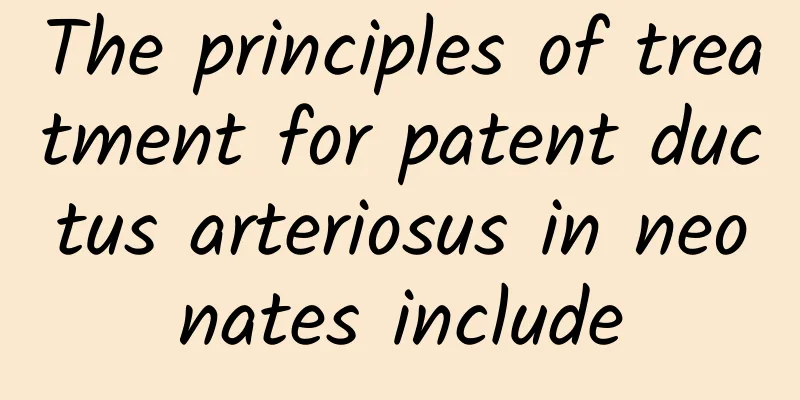
|
The treatment principles for patent ductus arteriosus in newborns include close monitoring, drug therapy, and surgical treatment. The specific method is determined according to the severity of the disease and the condition of the child. The goal of treatment is to promote closure of the ductus, avoid complications, and ensure the healthy growth of the child. 1. Close monitoring For mild cases of patent ductus arteriosus, your doctor may recommend regular monitoring to see if the ductus closes naturally. Monitoring may include echocardiograms, electrocardiograms, and the baby's growth and development. If the ductus does not close within a few months of birth or if symptoms develop, further intervention may be needed. 2. Drug treatment Drug treatment is a commonly used non-invasive method suitable for premature infants or infants with mild symptoms. Commonly used drugs include: Indomethacin: Promotes ductal contraction and closure by inhibiting prostaglandin synthesis. Ibuprofen: Its mechanism of action is similar to that of indomethacin, but it has relatively few side effects. Acetaminophen: An alternative medication in some cases, but it is less effective. Drug treatment usually starts within a few days after the birth of the newborn and must be carried out under the guidance of a doctor, with close observation of drug reactions and side effects. 3. Surgical treatment For children who are not responsive to drug treatment or whose condition is severe, surgery is a necessary option. Common surgical methods include: Transcatheter occlusion: The occluder is inserted into the catheter through a minimally invasive method to block blood flow and promote closure. This method is less invasive and has a quick recovery. Thoracotomy: Suitable for children with larger ducts or complex anatomical structures, the ducts can be directly ligated or cut off. Thoracoscopic surgery: A type of minimally invasive surgery with less trauma and faster recovery after surgery. The surgery needs to be selected according to the specific situation of the child, and the heart function and recovery need to be closely monitored after the operation. The treatment of patent ductus arteriosus in newborns requires a personalized plan based on the severity of the disease and the child's condition. Mild cases can be solved through monitoring and drug treatment, while severe cases require timely surgical intervention. Regardless of the method used, parents should actively cooperate to ensure that the child receives timely and effective treatment, avoid complications, and promote healthy growth. |
<<: Is patent ductus arteriosus serious in children?
>>: What are the symptoms of patent ductus arteriosus in newborns?
Recommend
What are the treatments for polio?
The treatment of polio is actually not a very com...
How long does it take for newborn jaundice to subside?
Neonatal jaundice can be divided into physiologic...
How to check for eczema in children
Childhood eczema is a common children's disea...
How to treat vulvar atrophy dystrophy? How to treat vulvar atrophy dystrophy symptomatically?
There is no good way to treat vulvar atrophy maln...
Effective folk remedy for the treatment of acute non-icteric hepatitis B
Effective folk remedy for the treatment of acute ...
What should we do if children have indigestion? What are the methods of traditional Chinese medicine to treat indigestion in children?
Indigestion in children is a disease that affects...
What to do for hernia in children
The examination of hernia in children mainly incl...
What should I do if my child has a cold and cough? Treat him/her promptly
Cold and cough are very common diseases in childr...
Key points to note when preventing mumps
The key points to note in preventing mumps are va...
How to treat mumps in children
When it comes to the treatment of mumps, many pat...
Self-help methods for acute laryngitis in children
When acute laryngitis occurs in children, keeping...
Why does hand, foot and mouth disease recur? How to prevent hand, foot and mouth disease?
Hand, foot and mouth disease is a disease with a ...
How to treat baby's cough? What medicine is good for baby's cough?
Because babies are extremely fragile, they often ...
Why shouldn’t newborns with jaundice be exposed to blue light at 14 o’clock?
Why should neonatal jaundice 14mg/dl not be illum...
Is polio hereditary?
Polio is generally not inherited because it is a ...



